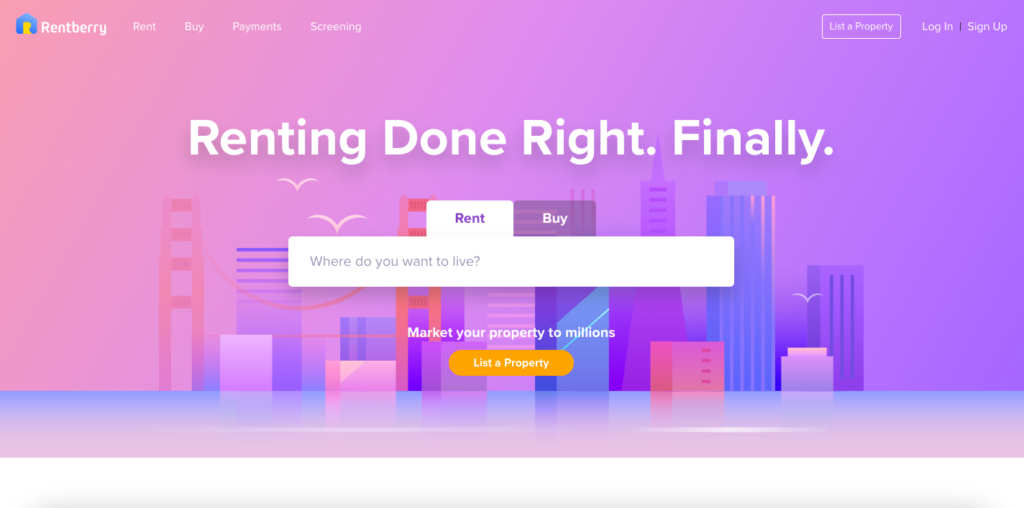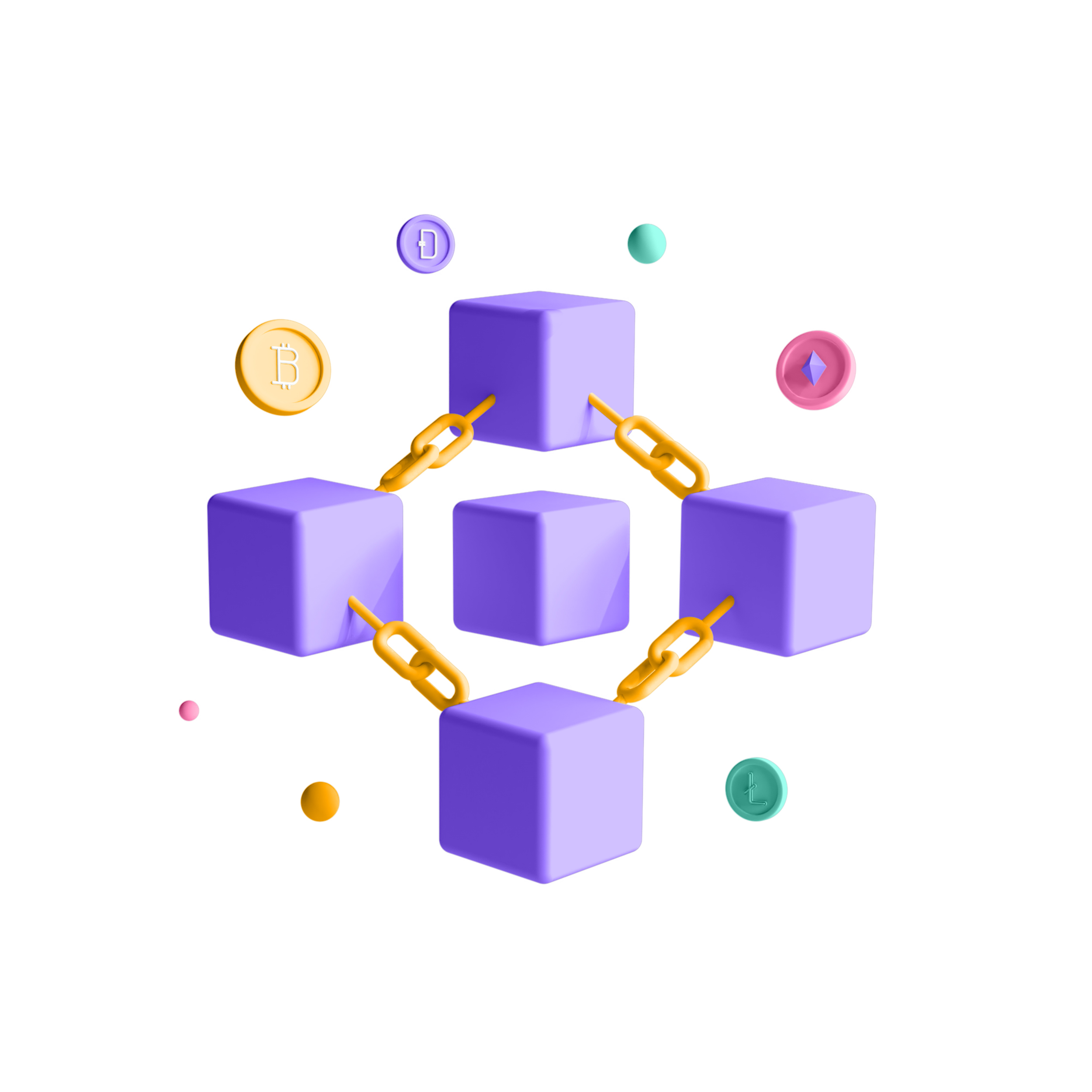- Introduction
- Benefits of Incorporating Blockchain in Real Estate Market
- The Urgency of Introducing Blockchain in Real Estate Market
- Innovative Platforms for Real Estate Industry
- Secure Storage of Land Registry on the Blockchain
- Consistency in Real Estate Transactions through Blockchain
- Blockchain in Real Estate Market - Co-owning and Democratization Era
- The Clarity of Leasing
- The Innovative Possibilities of the Smart Contracts
- Conclusion
Introduction
In recent years, the total value of real estate was estimated to over 200 trillion dollars. In comparison, the value of every ounce of gold ever mined by the humanity across the generations is around 30 times lower. However, despite experiencing such a rapid growth, real estate market fails to introduce meaningful innovations to accommodate and capitalize on its success. Introducing blockchain in real estate market strives to break the mould and end the age of stagnation.
Benefits of Incorporating Blockchain in Real Estate Market
It appears that Blockchain is an answer to many persistent issues with the industry, without the risk of increasing the costs. Its incorporation brings a number of benefits, from which we can single out the most important:
| Benefits of Incorporating Blockchain in Real Estate Market |
|---|
| Identical records for many stakeholders |
| Easily accessible information |
| Decentralisation and digitalisation of mortgage register |
| Opening the market for the less affluent |
| A chance to increase the liquidity of the assets |
| Clarity of purchase and renting processes |
| Reducing the risk of fraud or manipulation |
| The appearance of smart contracts |
The Urgency of Introducing Blockchain in Real Estate Market
The appearance of platforms such as Zillow, which allows its users to store and access the real estate lists was a ground-breaking event for the market. Nevertheless, as the time passed by, people noticed the faulty nature of such solutions.
Subscribing to such a service generates additional costs, and so a lengthy period of sale might prove to be a strain for the budget. What is more, there is no standardisation of processes and communication within the services – this can prove detrimental towards the accuracy or even the relevancy of data stored within them.
Innovative Platforms for Real Estate Industry
Decentralized databases, powered by blockchain technology, could potentially address numerous challenges faced by the real estate industry. By distributing data across a peer-to-peer network, brokers can gain more control over the content they offer while minimizing third-party involvement. This would facilitate access to highly reliable information for users without straining their budget.
A prime example of this solution can be seen in Imbrex's real estate market, which operates on the Ethereum platform. Through encryption and data storage within the blockchain, servers have no authority over the real estate agents' sale announcements. Moreover, Imbrex's listings are updated in real time, making them far more efficient at delivering the latest information compared to traditional platforms.
Secure Storage of Land Registry on the Blockchain
Despite increased digitalization worldwide, it is concerning that most mortgage registries are still held in paper form. These important documents are susceptible to theft, manipulation, and physical destruction due to their fragile nature. The Haitian earthquake tragedy serves as a poignant example where disappearing registries led to massive conflicts over property ownership.
The vulnerability of paper forms is not the only issue; centralization of data storage also poses problems if no backup copies are available during unforeseen disasters. Consequently, storing mortgage registries within digital blocks of chain can significantly benefit the real estate industry. Decentralizing the database would lower potential risks associated with destruction or theft, and ensure that server downtime doesn't interfere with operations. Additionally, blockchain technology ensures that information cannot be edited, eliminating possibilities of manipulation and forgery.
Consistency in Real Estate Transactions through Blockchain
A major challenge within the current system is its oversaturation with stakeholders who often lack trust in one another. This leads to significant risks linked to inaccurate and fragmented data concerning real estate assets.
Inconsistency in documentation for parties involved contributes to scams, insecurity, and ambiguity within land management processes. Clients may need to undergo the same procedure multiple times, causing frustration and discouragement. The demand for change has been highlighted through RICS research, focusing on how primary market participants acquire and utilize information.

That is why, the standardisation of documents can be a key to success for the real estate market. The creation of decentralized database has been a longstanding goal of many companies, one of which is Propy. Its platform is based on the technology of database of blocks, which saves the data on a network of millions of nodes. Thanks to this, stakeholders have an access to identical copies of data, the consistency of which is verified in the real time by a software installed to each and every device. In such a model, trust is not a factor effecting the smooth exchange of information as the system forces its users to remain credible.
This and many other similar innovations together with IREDEC (International Real Estate Data Exchange Council) which is focused on standardising the basic set of data needed to enact the processes of real estate, gives us a bright perspective for the future.
Blockchain in Real Estate Market - Co-owning and Democratization Era
Currently one of the biggest obstacles which beginner investors face in the real estate market, is the high entry level. Crowd owning may turn out to be their dream solution. If I cannot afford the funding myself, why wouldn’t I just cooperate with others to achieve it? BitOfProperty is one of the companies which will allow the purchase and division of assets in separate units. The following process Is based on the tokenization – creation of virtual substitutes of real funds, which is perhaps the most revolutionary innovations of blockchain. A potential investor can purchase the individual tokens which are an equivalent of his desiredpart of a real estate. This opens up the market for the investors with smaller financial capacity and provides them with opportunities they didn’t have before.
- Tokenisation in Practise
Pre-war villas in one of Warsaw’s most prominent districts – Żoliborz are reaching the transaction prices of around 2.5 million zlotys (approx. 650k dollars) which vastly exceeds the monetary capabilities of an average buyer. However, lets imagine that our seller tokenises the house. Then, lets consider that five separate buyers purchase one token whichcosts 500k zlotys (approx. 130k dollars). Such a price is much more affordable for a much larger group of investors. In this particular case, the five of our buyers are going to sign a smart contract with multiple signatures, which is going to make sure that every single decision concerning the house is carried out democratically and without the need of third-party supervision.
- The Increase in Markets Liquidity
Thanks to the process of tokenisation, the real estate market will cease to be perceived as a “playground” for the richest. It will allow its democratisation. However, its far from being its only benefits.
The tokens could potentially become something of a cryptocurrency, which can be freely traded with the usage of designated platforms. This would reduce the widespread problem of finding a potential buyer. Instead of selling an entire property, its owner could sell a separate token, which could be an equivalent of its separate part.
The Clarity of Leasing
The process of renting is also made easier with Blockchain. It is possible to create a platformwhich gathers the information about the properties and their potential tenants in its decentralised network. It makes the process for both parties – the tenant gets all the information in one place and the landlord gains certainty about their reliability. Such a model would gain a significant advantage in a situation when one property would have many potential clients. The landlord would have an ability to compare the applications of every one of them and choose the most trustworthy and the one who would be willing to pay the most. Rantberry is one of the examples of such an application that allows the long-term rent of property in over 50 countries including Poland.

The Innovative Possibilities of the Smart Contracts
The aforementioned smart contracts allow its users to bring some visible changes to the real estate market. The incorporation of them which is based on the blockchain system will help at automatizing and simplifying even the most tedious and complex procedures.
An example of their usage could the automatized methods of lease agreement, which besidethe ability to secure the interests of both sides could potentially allow for supervision of established terms like monthly payment of rent. The process will be simplified and will be made cheaper because it wont have to involve the third party.
Conclusion
Smaller and bigger investors, the landlords, real estate agencies and even the state institutions could improve their actions thanks to the introduction of the Blockchain technology. Land and building registration held in a scattered database, identical records for many stakeholders, tokenisation of the value of the property is not just a musing on the futurebut a reality which is implemented even today.
You have to think of the blockchain as a new utility. It is a new utility network for moving value, moving assets.
William Mougayar, autor The Business Blockchain : Promise, Practice, and Application of the Next Internet Technology
Thirty years ago, the data was stored on mere floppy discs , which had to be brought to the meetings for sides to exchange the information. Indeed, the internet has allowed to revolutionise the real estate market but it is Blockchain which could potentially provide it with the burst of energy it desperately needs in the ever increasing demand for innovation.
 en
en  pl
pl 












